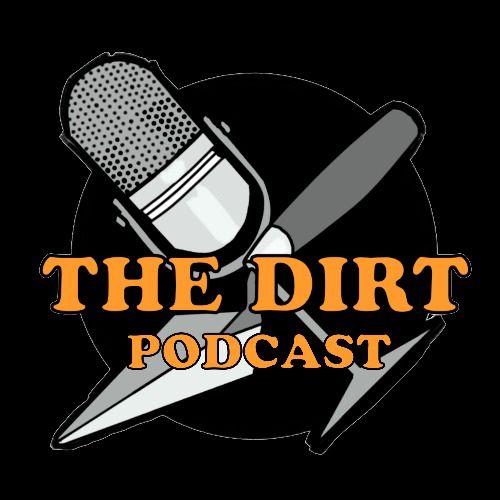Episode 214
Gimme (Rock)Shelter: Neanderthals at Home
We've discussed Neanderthals quite a bit on The Dirt (it's a whole section of Anna's contract). But while we've talked about their diet, their bodies, and their genes, we haven't spent much time thinking about their daily life, their living spaces, and the idea of "home." How did Neanderthals organize their domestic spaces? How do you make a cave cozy? How did people keep track of familiar places tens of thousands of years ago? What's cooking at Chez Neanderthal? Tune in to learn more!
Show notes:
Organization of residential space, site function variability, and seasonality of activities among MIS 5 Iberian Neandertals (Scientific Reports)
Neanderthals in the Levant: Behavioural Organization and the Beginnings of Human Modernity (Google Books)
Why this spot on the Jersey coast was like a magnet for Neanderthals (The Conversation)
Sleeping Activity Area within the Site Structure of Archaic Human Groups Evidence from Abric Romani Level N Combustion Activity Areas (Current Anthropology)
Variability of limestone knapping methods in Middle Palaeolithic levels M and Ob of Abric Romaní (Barcelona, Spain) (Archaeological and Anthropological Sciences)
Neanderthal Homes Were at The Cutting edge of Modern Living (University of Southampton)
Palaeolithic wooden artefacts from the Abric Romani (Capellades, Barcelona, Spain) (ScienceDirect)
The Paleolithic Age Cooked Up Creative Chefs (Sapiens)
Vegetation and climate record from Abric Romaní (Capellades, northeast Iberia) during the Upper Pleistocene (MIS 5d−3) (ScienceDirect)
Neandertal Behavior at the Middle Palaeolithic Site of Abric Romaní, Capellades, Spain (Journal of Field Archaeology)
Neanderthals: an ecologically selective species? Experimental methods to research fire use in the Abric Romani rockshelter (UK Research and Innovation)
Science: Good housekeeping, Neanderthal style (New Scientist)
The complexity of Neanderthal technology (Proceedings of the National Academy of Sciences)
Neanderthals may have enjoyed hot baths at home in their caves (Cnet)
Archaeologists "Exceptional Find" Reveals Secrets Of Human Origins (Madrid Metropolitan)

